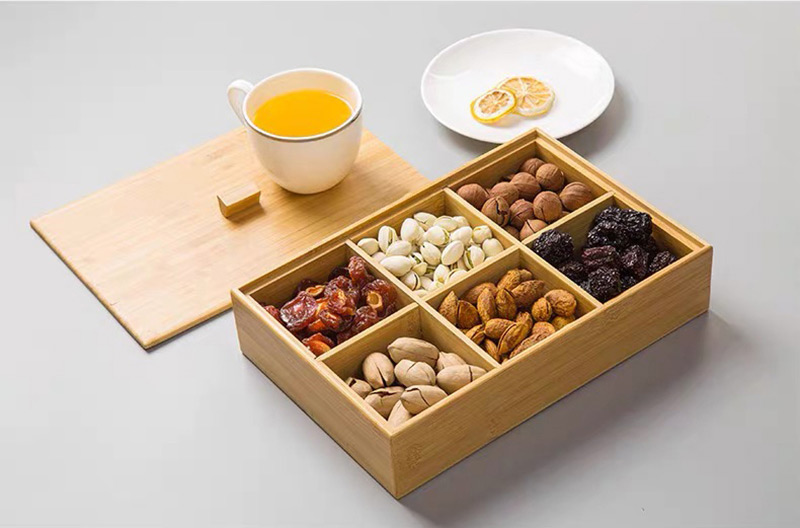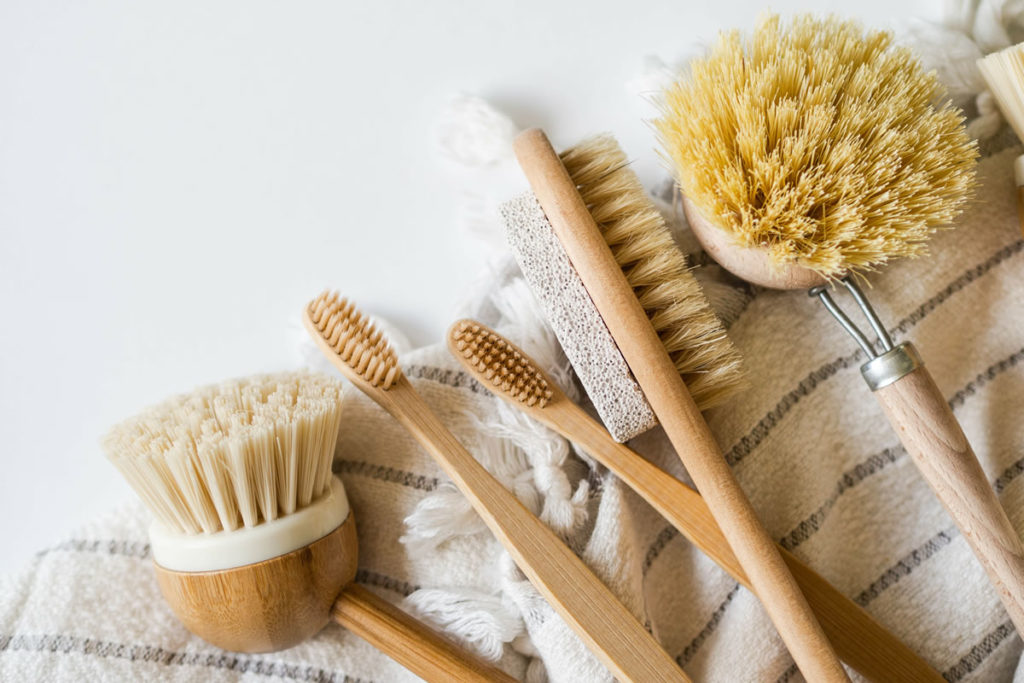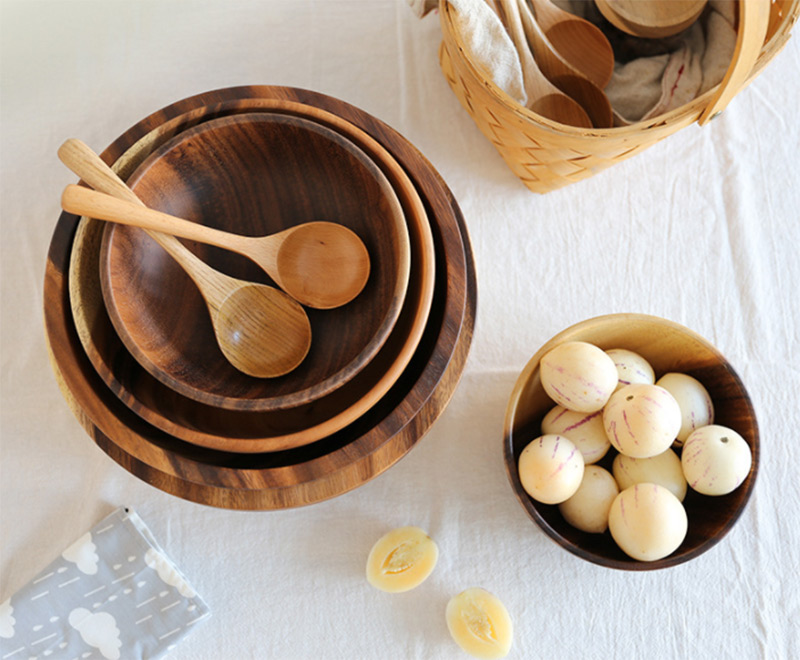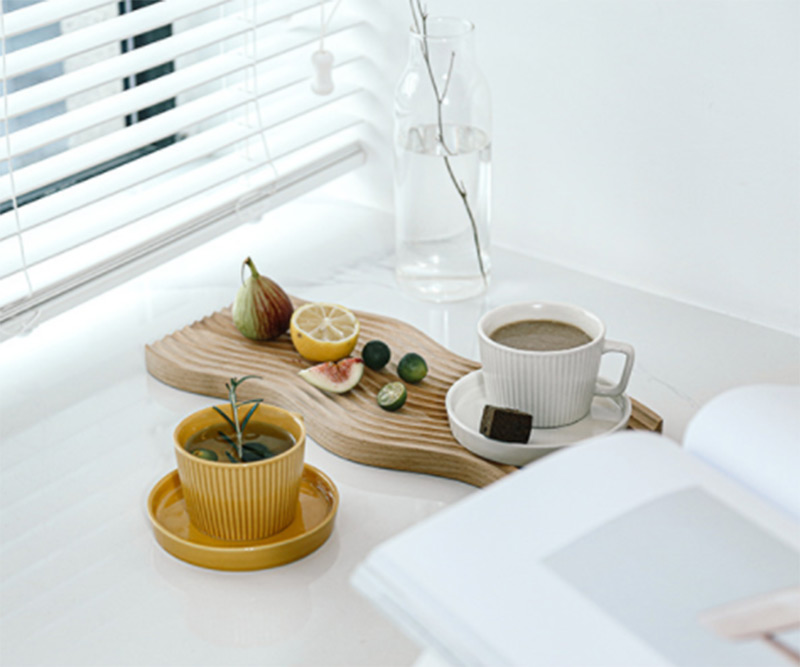According to research, two-thirds of people who set a New Year’s resolution drop their goals after less than a month. For those who made it their resolution to pursue eco-friendly living in 2023, the month is up and it’s possible the earth-friendly mission feels impossible. However, you don’t have to be part of a statistic. Experts agree that sometimes taking modest steps toward a big goal is far more sustainable than casting a net toward an enormous vision. Establishing an eco-friendly lifestyle is absolutely feasible. It starts with small changes around the home that can lead to big, sustainable outcomes.
A Word on Eco-Friendly Living
Environmentalism started as early as the 1830s and 1840s, although many people attribute the idea to the green movement that began in the 1960s. It’s important to note that in many cases, the concepts surrounding sustainability and environmental friendliness are far more embedded in our culture and society than we realize. It does, however, take time for these ideas to become mainstream and prompt changes within industries, consumer behavior, and even the government.
The term “greenwashing,” for example, has spiked in popularity over the past few years. In reality, the term was coined back in the late 1980s in response to companies spending more time and money marketing their eco-friendliness than changing their manufacturing processes to actually be more eco-friendly. While this issue still exists today, it helps to understand that it is not a new problem, nor a new concept.
Why unwrap the history of environmentally friendly practices and terms? As you work to establish a more eco-friendly lifestyle in your own home, know that you are part of a larger, longer effort to help protect the environment. Every little change makes a significant difference on the path to larger change.
Eco-friendly refers to practices and products that have no harmful effect on the environment. While “sustainability” refers to practices that protect the longevity of our environment and resources for future generations, eco-friendly is more specific. Does this product harm the environment? Does consuming this type of energy harm the environment? If the answer is yes, then it is not eco-friendly.
Establishing an eco-friendly living doesn’t have to be overwhelming. It starts with small changes around the home that eventually lead to much bigger results. Let’s take a look at some of those small changes.
Small Steps for Going Green at Home
Step One: Use Energy Efficient and Low-Flow Appliances
According to Unicef, half of the world’s population could be living in areas of water scarcity by 2025. While you might not currently be feeling the pressure of water shortages, now is a great time to reduce your water usage in an effort to limit the strain on your local water supply.
Installing low-flow shower heads and toilets, fixing leaking faucets, or installing energy-efficient appliances all contribute to preserving one of our most valuable resources. By controlling your water usage, you can still confidently relax and enjoy a bath with your favorite bamboo bathroom accessories, knowing you’re taking an important step toward environmentally friendly living.
Step Two: Invest in Reusable Containers
One of the simplest ways to promote eco-friendly living at home is also budget-friendly. Instead of storing food in disposable plastic, consider a one-time investment in reusable storage containers. This can be everything from glassware to store dinner leftovers to bamboo snack trays and dry food storage for your kitchen.

Our line of bamboo products includes creative storage methods that reduce the need for plastics in the home, and also look great. Bamboo is an especially eco-friendly choice as it produces more oxygen than an equivalent stand of trees, prevents soil erosion, doesn’t require irrigation (think water saving!), and is grown without pesticides or chemical fertilizers. Bamboo is a win-win. Its use involves sustainable practices and the end product helps you reduce throw-away packaging.
Step Three: Use Biodegradable Household Products
Limiting our use of paper towels or toilet paper can be a big ask for many of us. That is why finding biodegradable alternatives is a small step that anyone can take to establish eco-friendly living. Biodegradable products come in all shapes and sizes, but did you know that bamboo is a great biodegradable option?
Because it is a natural material, if tossed out, bamboo will eventually succumb to fungi and bacteria, slowly dissolving through a natural process. It won’t harm the environment in the process, either. It’s simply a non-synthetic material returning to the earth.

With that in mind, consider switching to biodegradable items like recycled toilet paper or bamboo toothbrushes. If you’re having an event and using disposable plates and cutlery is just the most practical option, look for bamboo disposables. These single-use beauties will make entertaining and cleaning up a breeze without clogging up the landfill.
Step Four: Donate Clothes
It’s estimated that the UK produces 1 million tons of textile waste each year. America? A shocking 11.3 million tons. Our drive for fast, affordable fashion contributes to a lot of harmful greenhouse gases. Some materials can take hundreds of years to decompose, all the while emitting harmful gases into the environment.
Wearing clothes that are still in good shape for a bit longer helps keep those items away from the landfill. Consider tailoring or repairing damaged clothes that you still love. For clothes that are still in good shape, but you simply don’t wear, donate them to your local charity shop or consider selling them on consignment. Anytime a piece of clothing finds new life with a new owner, it disrupts the cycle of buying fast fashion that ends up being tossed aside.
Step Five: Shop for Natural Materials (Instead of Plastic)
When we talk about plastic and the environment, most people think about single-use plastics. Bags, water bottles, yogurt containers, produce packaging, straws…the items we use once and discard. However, plastic’s impact goes far beyond single-use items. There is plastic in many of the items we own, from TV remotes to furniture, kitchenware, and beyond. Not only does the manufacturing of plastics profoundly harm our environment, but once used and tossed aside, some items will take nearly 1,000 years to decompose—all the while leaching harmful microplastics and chemicals into our soil and waterways.
As you set out to invest in eco-friendly living in 2023, there is one simple way to avoid contributing to the plastic problem. Shop natural materials instead of plastic.

Everything from the breadbox in your pantry to the mirror in your bedroom can be made using natural materials. Woods such as acacia and beech wood, and grass such as bamboo make incredible options for the home. Your flooring, furniture, kitchenware, and more can all be made using any of those materials.
For inspiration on how to add more natural elements to your home, check out our line of acacia kitchenware, bamboo furniture, and even our cork accents. There are countless options for designing an eco-friendly home you love.
Eco-Friendly Living Starts Here
Your eco-friendly journey has just begun, and with a few small steps in the right direction, your goal can be as sustainable as your home. Little changes to your space and habits go a long way toward helping our environment. How? Because usually small steps lead to more small steps, and before you realize it, you’re making regular changes to establish a more eco-friendly and sustainable lifestyle.
If you’re a retailer or importer, contact us to learn more about partnering with IK Orbis to design environmentally friendly products your customers will love. Request a free catalog of our existing JOR products, or let us know how we can design and manufacture the perfect eco-friendly solution for your brand.

